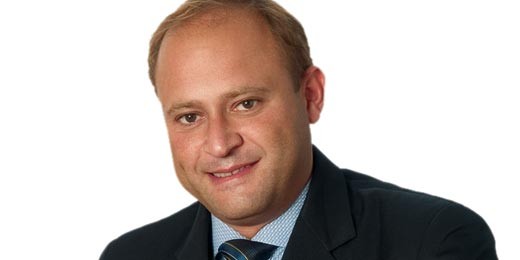Risk or reward should you invest in emerging market debt
Post on: 11 Июль, 2015 No Comment

Interest in emerging market debt as an income generator has increased among some advisers and fund managers, but others are still wary of the level of risk involved.
YES: ‘Relative to other high yielding assets, EMD looks cheap’
The sharp sell-off in the emerging market debt (EMD) market last year reflected investors’ concerns about the impact of quantitative easing tapering and a tightening of global monetary policy, but has led to the asset class appearing a bargain to some investors.
John Stopford (pictured top), co-head of multi-asset at Investec Asset Management, said: ‘Relative to other high yielding assets, EMD looks cheap.’
He said its yield premium was wide, especially compared with other types of bonds, whose spreads have narrowed compared to their historical average. The market had priced in potential risks, he argued.
‘If the Federal Bank has to tighten faster than expected, or general risk appetite takes a hit, we will be impacted,’ he said.
‘But in EMD, you are adequately compensated for those risks, compared to other asset classes.’
Stopford said emerging markets were recovering from the sovereign debt challenges they faced last year.
‘Current account positions have improved and there is some evidence that the Chinese economy has stabilised and may even be picking up slightly,’ he said. ‘A lot of hot money got sucked into emerging markets in 2012 and early 2013 and much of that has been shaken out. The quality and the balance of inflows and outflows look better.’
Calculated risk
In its Diversified Income fund, Investec reduced EMD exposure from just under a third of the portfolio to around 25% last year. More recently, it increased that again to around 27% to reflect its positive view.
EMD is also a useful diversifier, according to Stopford. ‘EMD is riskier than some areas, but the average duration of a bond is not that long. You have a broad range of markets that don’t all move together. Volatility tends to be lower than for high yield and materially lower than for equity.’
Investec favours Brazil, which yields 11% to 12% – a high compensation for inflation at just over 6%, said Stopford. It also likes Columbia, as its central bank is focused on controlling inflation. Mexico also has a cautious central bank and its economy is increasingly well-managed, he said.
He also tipped South Africa as an area that could offer high yields in future. In contrast, Investec is less positive on Turkey, where inflation is still high, and Indonesia, which Stopford said looked expensive.
NO: ‘It is a risky asset and you don’t get a bang for your buck’
Talib Sheikh (pictured), fund manager of the JPM Multi-Asset Income fund, was less positive. He said: ‘We remain underweight in EMD, at 5.6% in the portfolio. This represents a minor upward adjustment from a relatively low base, reflecting a low conviction on the asset class.
‘We think many risks have been priced in and, within our EMD allocation, our investment specialists are finding country specific opportunities,’ said Sheikh. ‘Precise positioning and liquidity remain as critical as ever. Headwinds and volatility in the markets this summer continue to be a distinct possibility, so we remain vigilant and cautious overall.’
Mark Hughes (pictured below)), director of Royston-based Mark Hughes and Associates. was even less enthusiastic about EMD. ‘I have a minimal amount of EMD and we have unravelled our position over the last two years,’ he said. ‘It is a risky asset and you don’t get a bang for your buck.
‘The yield is slightly higher [than other bonds], but for the amount of risk you take, you might as well own emerging market equities. In fact I would sooner own developed world equity. If things go badly you will lose, but if they go well, you may as well own the equity.’
Flawed diversification
Stopford pointed to figures showing that there was a helpfully low correlation between EMD and many other assets, but Hughes was not convinced.
‘Trying to use it as a risk diversifier is dangerous,’ said Hughes. ‘For example, if the US struggles, emerging markets will struggle and both emerging market equity and emerging market debt will perform badly.’
Graeme Black, a chartered wealth manager at Cheshire-based Equilibrium Asset Management. said his firm did not own any EMD funds at present and had no plans to do so.
‘We would be concerned about the currency risk,’ he said. He said the firm regarded its fixed income allocation as a diversifier and that there was no need to include emerging markets in this.
‘We feel there is a sufficient range of debt securities to provide diversification without emerging market debt,’ he said.
Liquidity risk
Sheikh said developed market debt and equities currently looked more attractive than EMD, which had lower liquidity and faced economic headwinds.
‘Liquidity is underpriced,’ he said. ‘We see no need to go overweight EMD. We are not desperately against it, but we see better opportunities elsewhere.’
He is currently building his overweight in European equities, and also likes non-agency mortgages.














